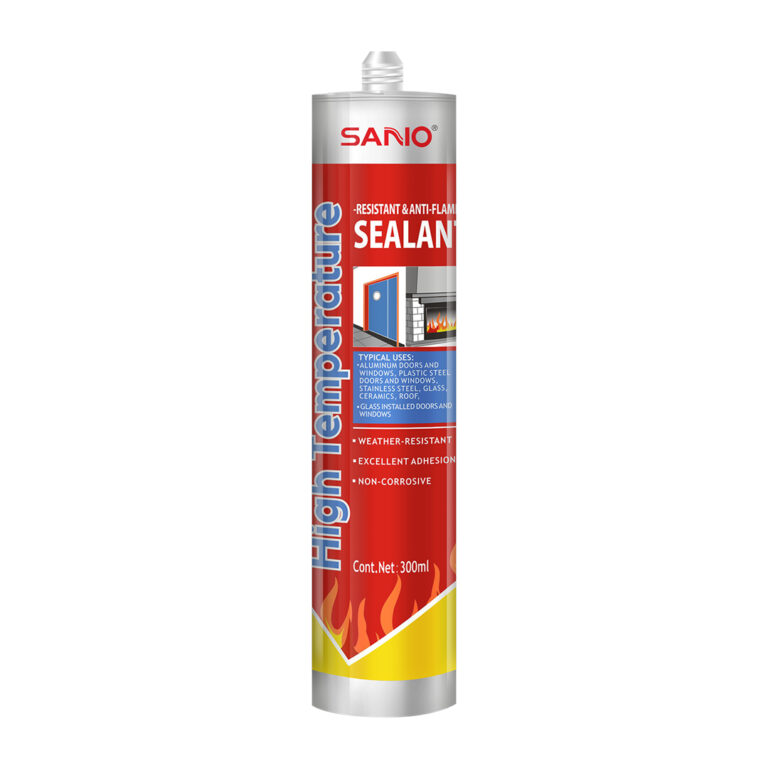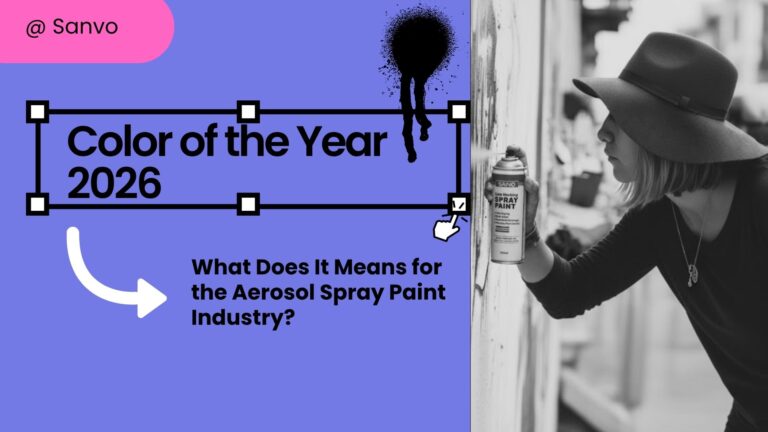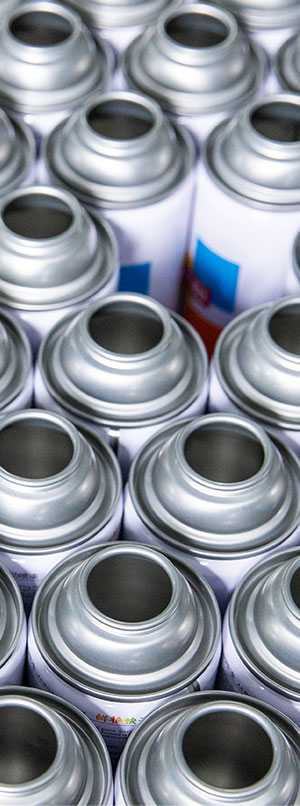Have you smelled something damp and wired in your house and the scent will become heavier when raining, and wondering what is that from but cannot have a clue? Alright, pull aside the curtain or move aside your closet, you might see discussing black dots that get you goosebump.
The big question is, can you just clean it off, or is this the tip of the iceberg? Can you kill the mold without the messy and expensive job of removing the drywall?
The short, direct answer is: Maybe, but only if the mold is 100% on the surface and the drywall is still solid.
If the mold is from a leak behind the wall, or if the drywall itself is soft or crumbly, the answer is no. You must replace it. Here’s a breakdown of what you’re looking at and what to do.
Mold vs. Mildew: What’s the Difference?
First, let’s identify what you’re seeing. Both are fungi, but they are not the same.
- Mildew is a surface-level fungus. It’s typically powdery or fluffy and looks gray or white. You can easily clean mildew off.
- Mold is a more invasive fungus that grows roots (called hyphae) that penetrate deep into porous materials like drywall. It often looks fuzzy or slimy and can be black, green, or other dark colors.
| Characteristic | Mildew | Mold |
| Appearance | Flat | Fuzzy or Slimy |
| Texture | Powdery or Downy | Varies; can be velvety |
| Color | White, Gray, Yellow | Black, Green, Red, Brown, Orange |
| Growth Pattern | Spreads outward on the surface | Grows inward, penetrating the material |
| Scent | Mildly musty | Strong, earthy, pungent |
| Penetration | Surface-level only | Deeply penetrates porous materials |
| Removal | Relatively easy with surface cleaning | Difficult; often requires material removal |
How Does Black Mold Affect You and Your Family?
“Black mold” is a scary term, but the truth is all molds can be a problem. When mold grows, it releases spores into the air. According to the EPA and CDC, this can cause issues for many people, including:
- Allergy symptoms (sneezing, runny nose, itchy eyes, skin rash)
- Respiratory issues (coughing, wheezing, or difficulty breathing)
- Asthma attacks in people who are allergic to mold
- Headaches and fatigue
This is why you can’t just ignore it. The goal isn’t just to hide the stain; it’s to remove the source of the spores to protect your home’s air quality.
Can I Kill Mold without Moving the Drywall?
If you have a small patch of mold on drywall (less than 10 square feet) and the wall is still hard and dry (not from a leak), it’s likely surface-level. You can try cleaning it yourself.
Safety First: Always wear an N95 mask, rubber gloves, and eye protection. Ventilate the room well.
- Scrub with Detergent: The EPA’s official recommendation is to scrub the mold off hard surfaces with a simple solution of water and mild detergent.
- Wipe Clean: Use a clean, damp cloth to wipe away any residue and dislodged mold.
- Dry Completely: This is the most important step. Dry the area thoroughly with a clean towel. Aim a fan at the spot to ensure it’s 100% dry.
Notice!
Don’t use bleach on drywall! Bleach is mostly water. The chlorine part can’t soak into the porous drywall to kill the mold’s roots. So, the water in the bleach feeds the roots while the chlorine just whitens the surface mold, making you think the problem is gone. It will almost always grow back, often worse than before.
The Big Question: Should I Replace Moldy Drywall?
Cleaning the surface is pointless if the mold is inside the wall. You must replace the drywall if you see these signs:
- The Drywall is Soft or Crumbly: This is the #1 test. Press on the area. If it feels soft, spongy, or flakes away, the drywall’s core is compromised. It must be replaced.
- It’s from a Leak: If the mold appeared after a plumbing leak, a roof leak, or a flood, you must assume the back of the drywall and the wooden studs are also wet and moldy.
- The Patch is Large: If the mold covers a large area (more than 10 square feet), it’s no longer a simple DIY job.
- The Paint is Peeling or Bubbling: This is a major red flag that moisture is trapped behind the paint, meaning the mold is not just on the surface.
If you are deciding whether you need a pro to clean up the mold, or want some mold removal tips, then stay tuned, the next lesson will be that.




